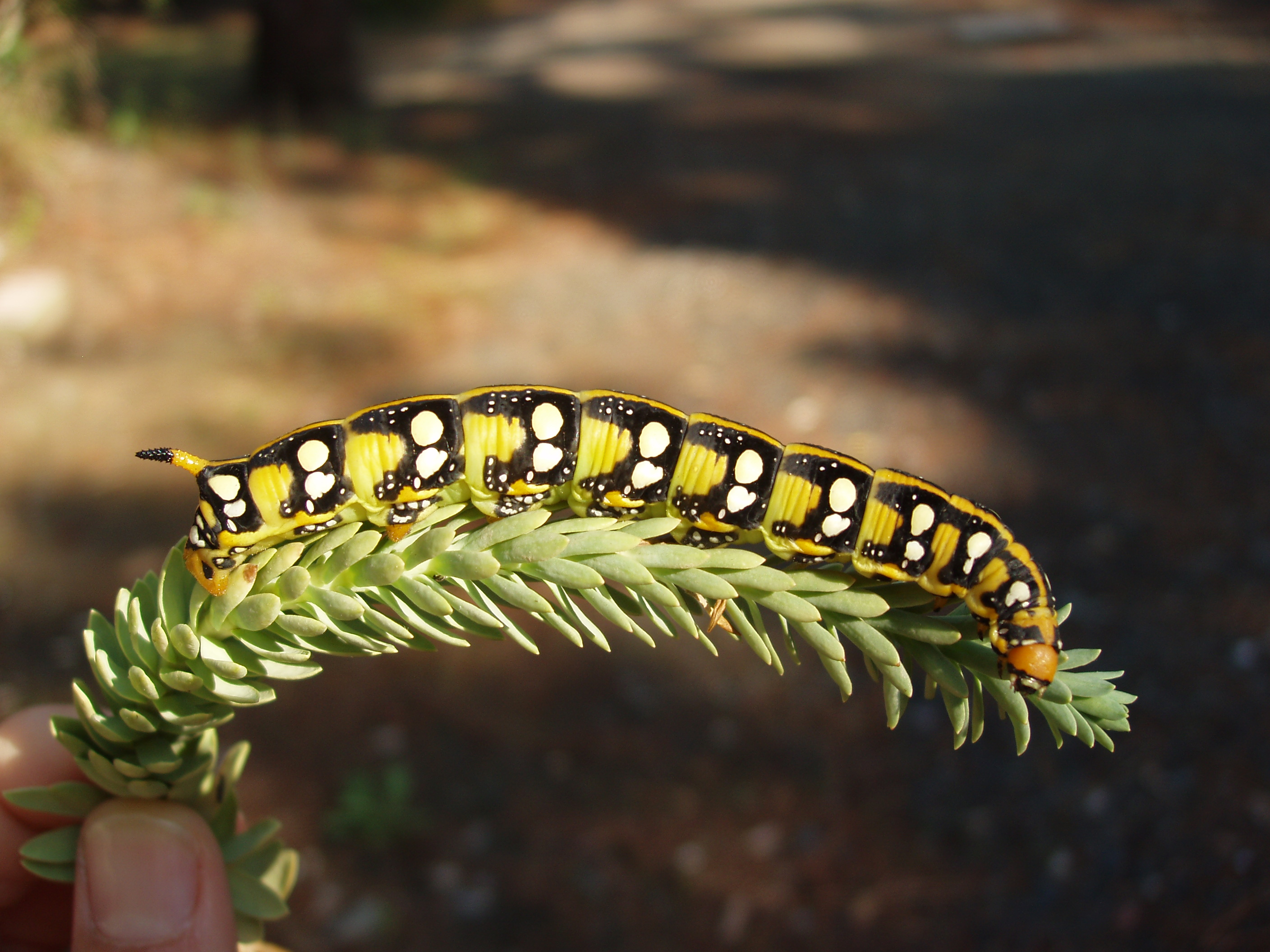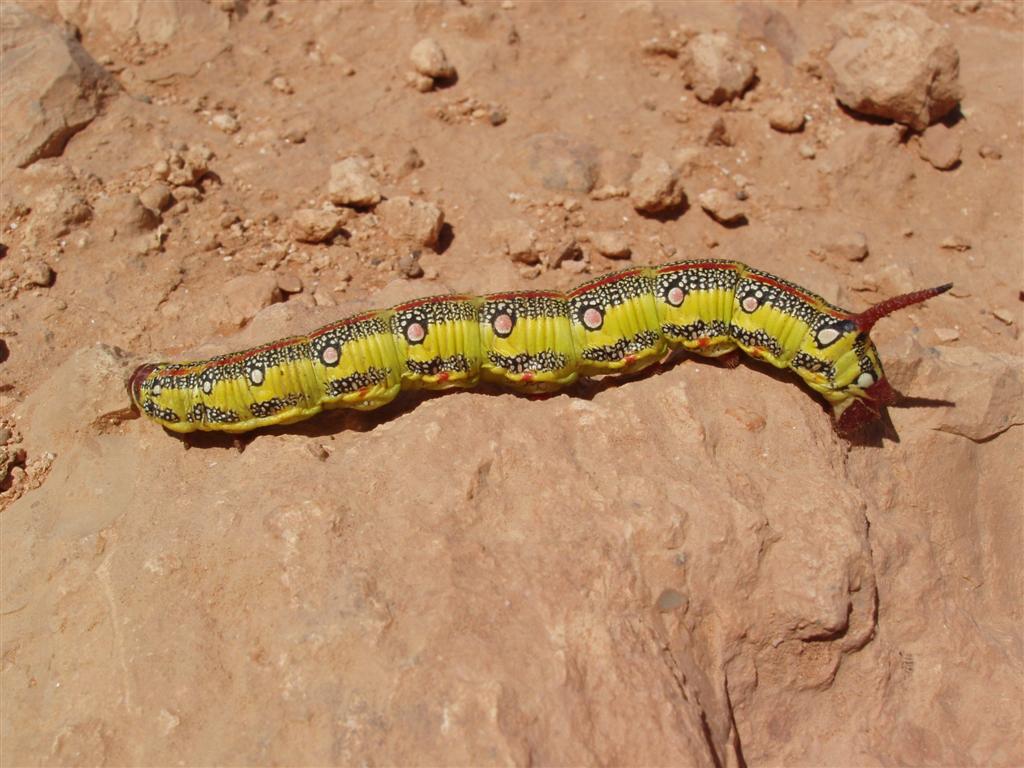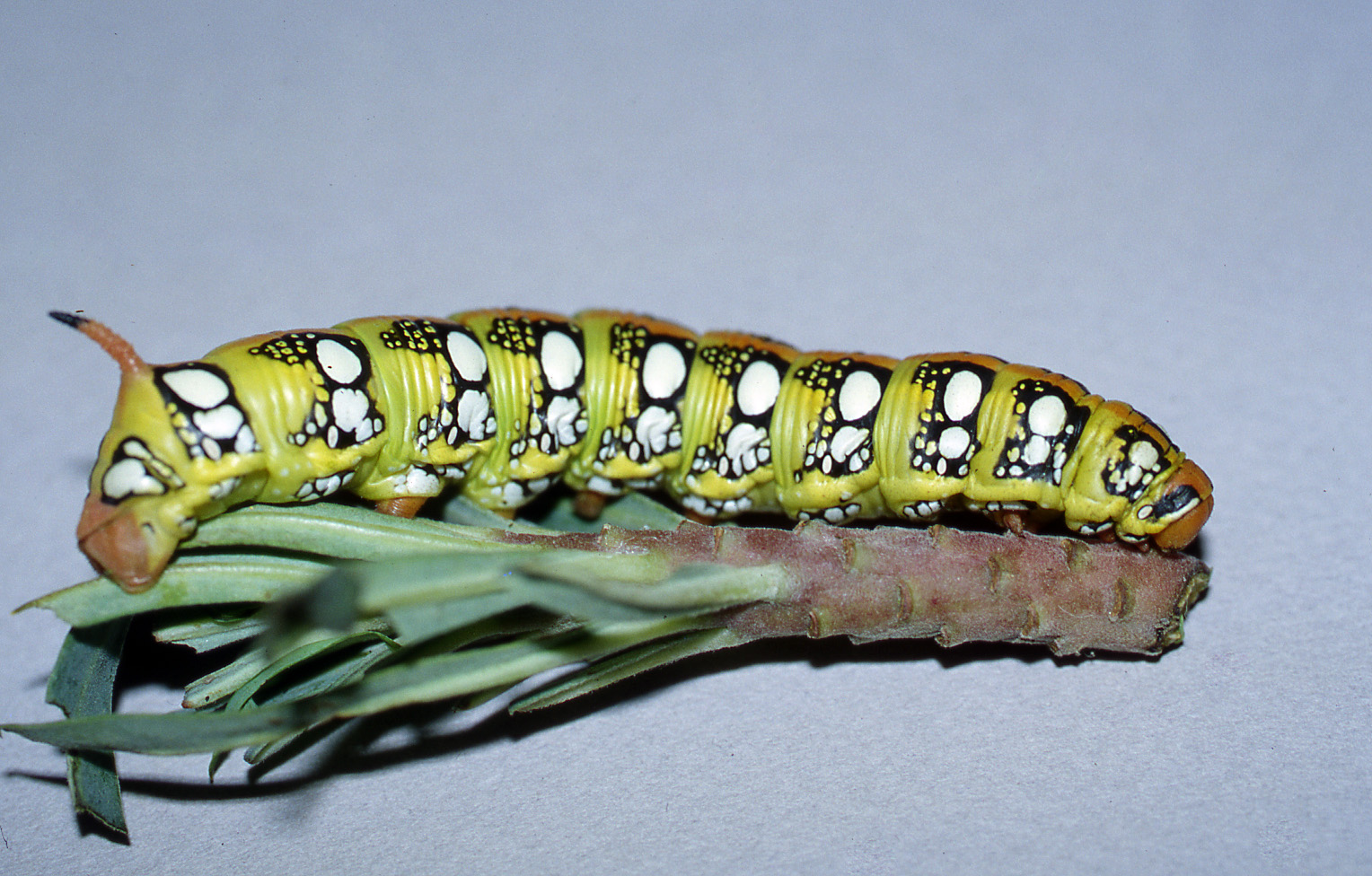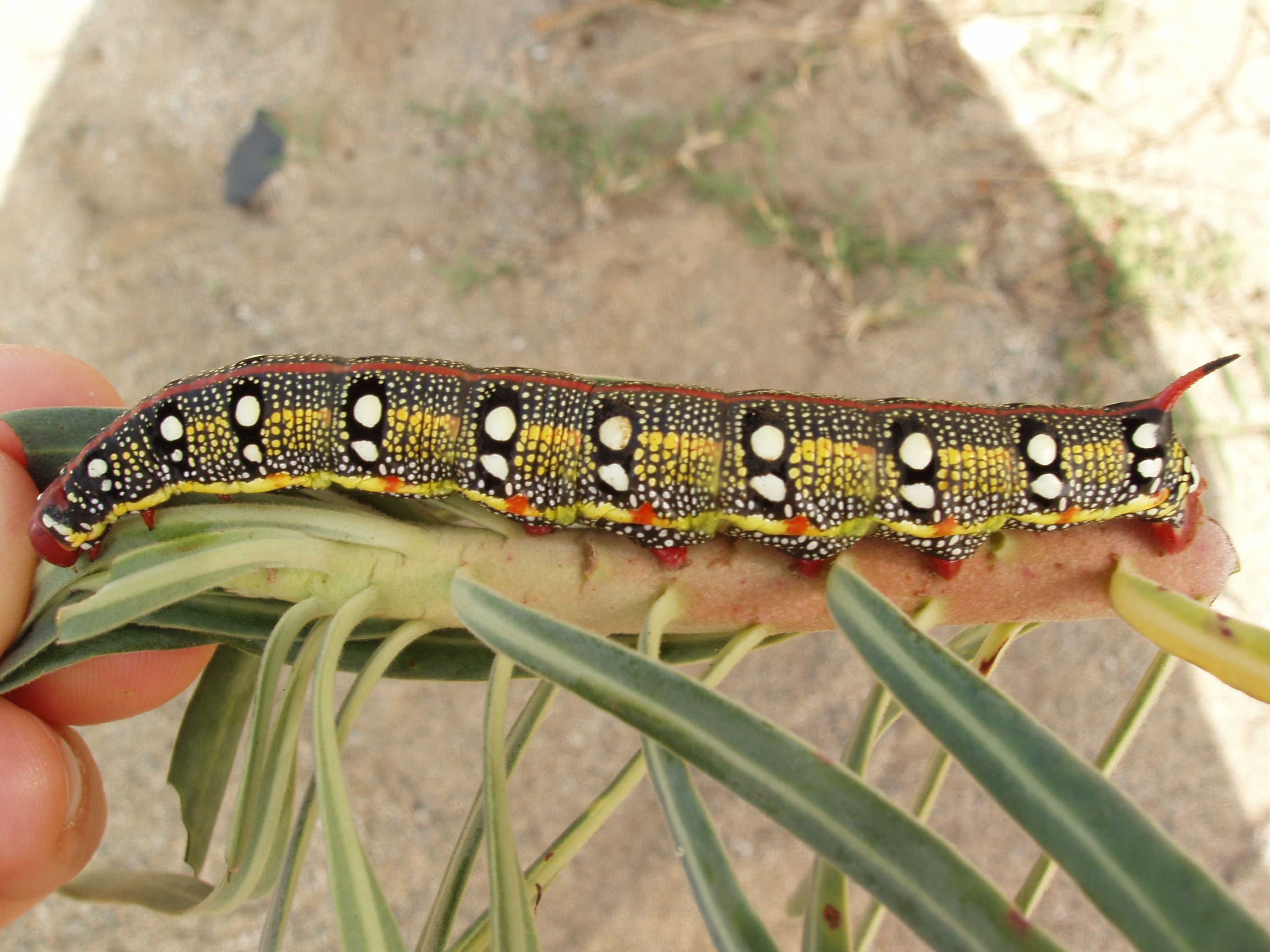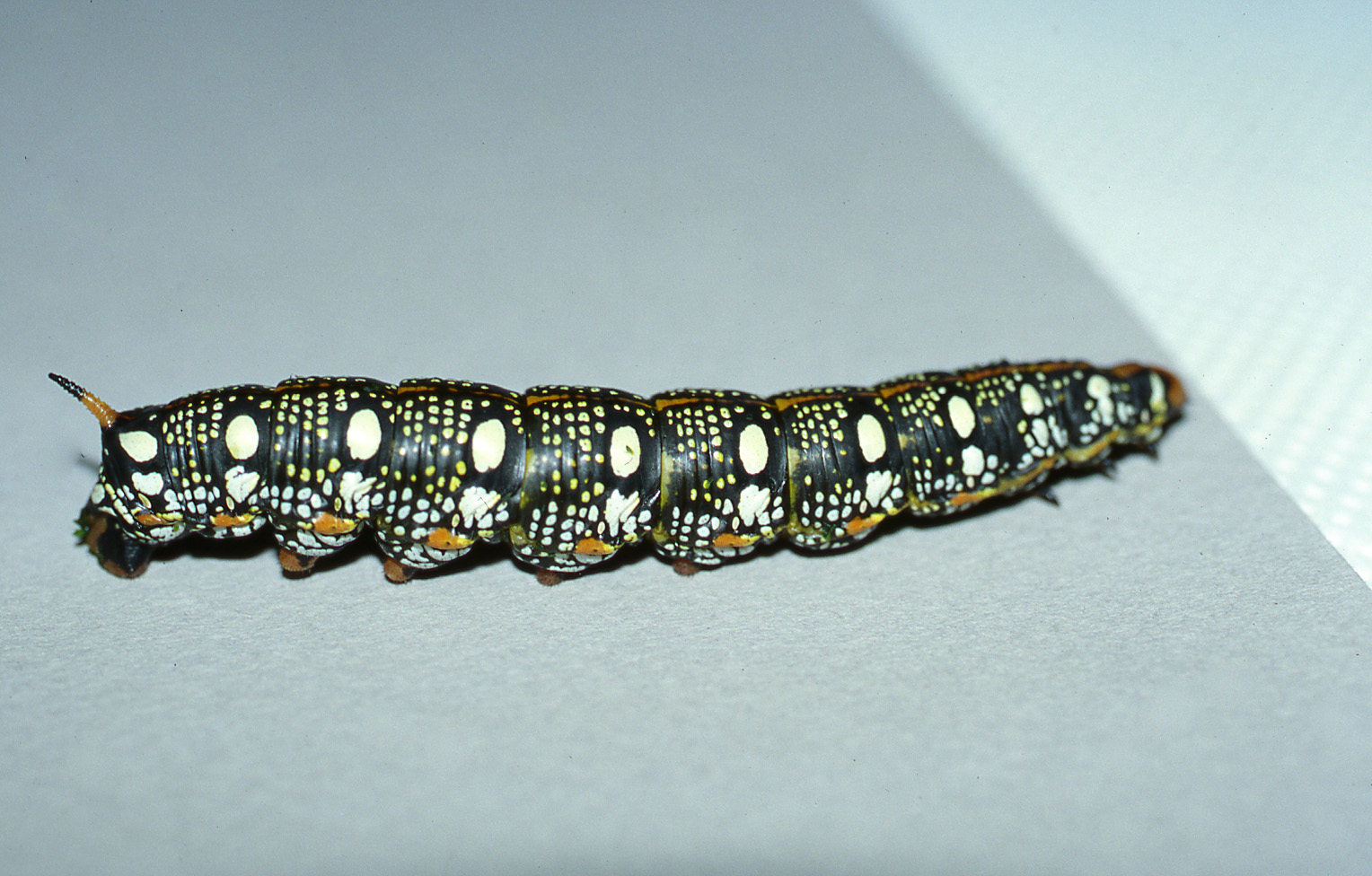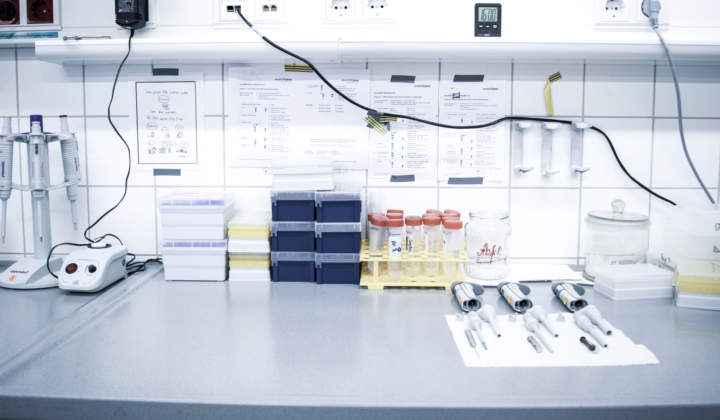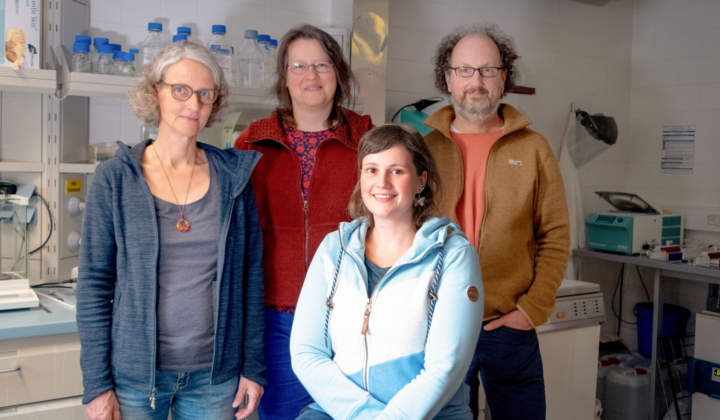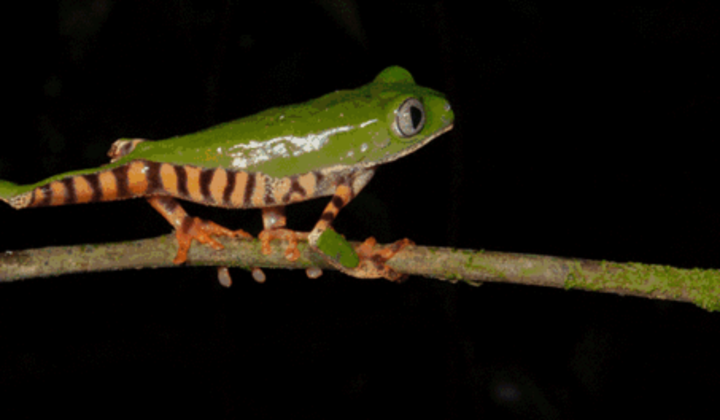References
(chronologically)
Hundsdoerfer, A. K., Lee, K. M., Kitching, I. J., & Mutanen, M. (2019) Genome-wide SNP data reveal an overestimation of species diversity in a group of hawkmoths. Genome biology and evolution., 2136-2150. PDF
Hundsdoerfer, A. K., Buchwalder, K., O’Neill, M. A., & Dobler, S. (2019) Chemical ecology traits in an adaptive radiation: TPA-sensitivity and detoxification in Hyles and Hippotion (Sphingidae, Lepidoptera) larvae. Chemoecology, 1-13. PDF
Barth, M. B., Buchwalder, K., Kawahara, A. Y., Zhou, X., Liu, S., Krezdorn, N., Rotter, B., Horres, R. & Hundsdoerfer, A. K. (2018). Functional characterization of the Hyles euphorbiae hawkmoth transcriptome reveals strong expression of phorbol ester detoxification and seasonal cold hardiness genes. Frontiers in Zoology, 15(1), 20. PDF
Hundsdoerfer, A. K., Päckert, M., Kehlmaier, C., Strutzenberger, P., & Kitching, I. J. (2017) Museum archives revisited: Central Asiatic hawkmoths reveal exceptionally high late Pliocene species diversification (Lepidoptera, Sphingidae). Zoologica Scripta 46(5), 552-570. PDF
Mende, M. B., Bartel, M. & Hundsdoerfer, A. K. (2016) A comprehensive phylogeography of the Hyles euphorbiae complex (Lepidoptera: Sphingidae) indicates a ‘glacial refuge belt’. Scientific Reports, 6. PDF
Stuckas, H., Mende, M. & Hundsdoerfer, A.K. (2014) Response to cold acclimation in diapause pupae of Hyles euphorbiae (Lepidoptera, Sphingidae): candidate biomarker identification using proteomics. Insect Molecular Biology 23, 444-456. PDF
Mende, M.B. & Hundsdoerfer, A.K. (2013) Mitochondrial lineage sorting in action — historical biogeography of the Hyles euphorbiae complex (Sphingidae, Lepidoptera) in Italy. BMC Evolutionary Biology 13, 83. PDF
Hundsdoerfer, A.K., Mende, M.B., Kitching, I.J. & Cordellier, M. (2011a) Taxonomy, phylogeography and climate relations of the Western Palaearctic spurge hawkmoth (Lepidoptera, Sphingidae, Macroglossinae). Zoologica Scripta 40, 403-417. PDF
Hundsdoerfer, A.K., Mende, M.B., Harbich, H., Pittaway, A.R., & Kitching, I.J. (2011b) Larval pattern morphotypes in the Western Palaearctic Hyles euphorbiae complex (Lepidoptera: Sphingidae, Macroglossinae). Insect Systematics & Evolution 42, 41-86.
Mende, M.B., Stuckas, H. & Hundsdoerfer, A.K. (2011) Eight new microsatellite loci of the Western Palearctic Hyles euphorbiae complex (Lepidoptera, Sphingidae). Annales Zoologici Fennici 48, 142-146.
Hundsdoerfer, A.K., Sanetra, M., Corbeil, D. & Stuckas, H. (2010) Eleven hawkmoth microsatellite loci of Canary Island Hyles tithymali (Lepidoptera). Conservation Genetics Resources 2, 241–244.
Hundsdoerfer, A.K. & Kitching, I.J. (2010) A method for improving DNA yield from century-plus old specimens of large Lepidoptera while minimizing damage to external and internal abdominal characters. Arthropod Systematics & Phylogeny 68(1), 151-155. PDF
Hundsdoerfer, A.K., Rubinoff, D., Attié, M., Wink, M. & Kitching, I.J. (2009) A revised molecular phylogeny of the globally distributed hawkmoth genus Hyles (Lepidoptera: Sphingidae), based on mitochondrial and nuclear DNA sequences. Molecular Phylogenetics and Evolution 52, 852-865.
Hundsdoerfer, A.K., Kitching, I. J. & Wink, M. (2005a) A molecular phylogeny of the hawkmoth genus Hyles (Lepidoptera: Sphingidae, Macroglossinae). Molecular Phylogenetics and Evolution 35, 442-458.
Hundsdoerfer, A.K., Kitching, I. J. & Wink, M. (2005b) The phylogeny of the Hyles–euphorbiae-complex (Lepidoptera: Sphingidae): molecular evidence from sequence data and ISSR-PCR fingerprints. Organisms, Diversity & Evolution 5, 173-198.
Hundsdoerfer, A.K., Tshibangu, J.N., Wetterauer, B. & Wink, M. (2005c) Sequestration of phorbol esters by aposematic larvae of Hyles euphorbiae? Chemoecology 15, 261-267.




